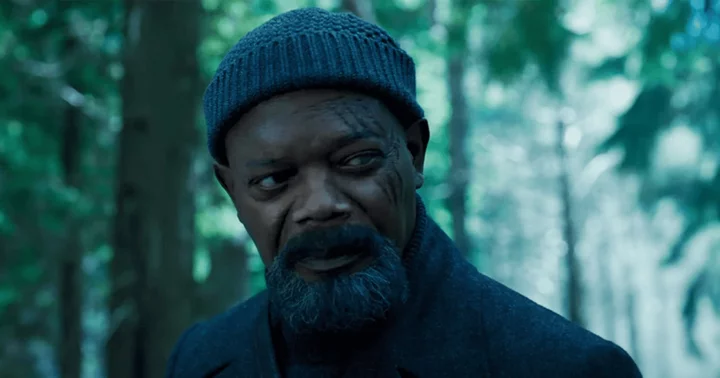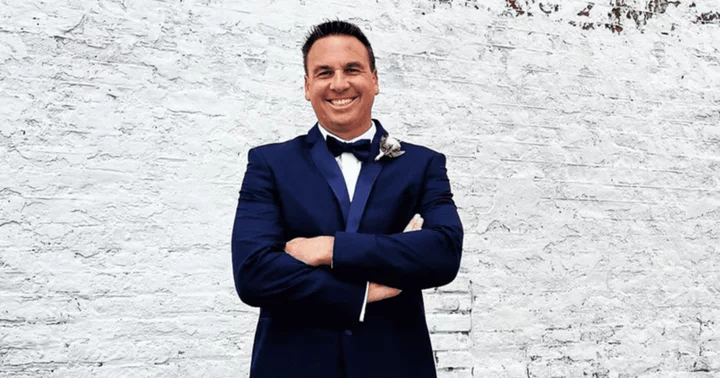ALBUQUERQUE, N.M. (AP) — More than a year and a half after Alec Baldwin shot and killed a cinematographer while rehearsing a scene on set in New Mexico, prosecutors have yet to solve the biggest mystery in the tragic case: How did live rounds get on the set?
Prosecutors said in their latest court filing that they have some evidence to support the theory that weapons expert Hannah Gutierrez-Reed may be responsible for the introduction of the rounds. But they have offered no details, and barring more evidence, they're now basing part of their case against her on the idea that a night of drinking and marijuana use left her incapable of the judgment necessary to ensure the set was safe.
Gutierrez-Reed's attorneys argue that prosecutors are resorting to character assassination, and some legal experts are doubtful it will make for a winning strategy for prosecutors.
Several lawyers who are not involved with the case but have been watching it closely said Wednesday that prosecution statements in response to a defense motion last month seeking to dismiss her involuntary manslaughter charge are vague and would be difficult to prove.
“When you think about how they’ve conducted this investigation since the beginning, it’s almost in step with what they had done before. They need to have more specificity when it comes to that allegation, because it’s kind of serious. To be throwing it out there doesn’t look that good," said Miguel Custodio, a Los Angeles personal injury attorney.
Prosecutors said they have witnesses who will testify that Gutierrez-Reed drank and smoked marijuana in the evenings during the filming of “Rust.” However, the weapons expert was never tested, and it's unclear what evidence prosecutors could present to make the case that she could have been hungover when she loaded a live bullet into the revolver that the actor used.
John Day, a Santa Fe-based criminal defense attorney, noted that prosecutors did not say in the filing that Gutierrez-Reed was impaired but rather used the colloquial term “hungover,” which could mean many things.
“It's one more strange development, but it still doesn’t address — and they’ve said they don’t know — how live rounds got onto the set," Day said. “And they haven’t said specifically anything more about her involvement except that she was the armorer."
A preliminary hearing for Gutierrez-Reed is scheduled in August. A judge is expected to decide then if there’s probable cause for the charge to move forward.
In their filing, the prosecutors said they expected to decide within the next 60 days whether to recharge Baldwin, depending on the results of an analysis of the gun.
The involuntary manslaughter charge faced by Baldwin, who also was a producer on the film, was dismissed in April, with prosecutors citing new evidence and the need for more time to investigate.
Baldwin was pointing a gun at cinematographer Halyna Hutchins during a rehearsal on the set in October 2021 when it went off, killing her and wounding director Joel Souza.
Ted Spaulding, an Atlanta attorney who also is not involved in the case, said that while it would be easier to argue that active impairment leads to negligence, prosecutors can still argue that alcohol and drug use — and being hungover — likely lead to negligence.
“This will come down to whether or not they have credible evidence that an impairment in judgment caused the injury and that the impairment is linked to drug and alcohol use,” Spaulding said. "We see cases all the time where someone has marijuana particulates in their system and argue that it contributed to a wreck or injury, but because Gutierrez-Reed wasn’t tested immediately after the shooting, they have no proof that marijuana was in her system, outside of witness testimony.”
Custodio said the prosecution's insinuation that Gutierrez-Reed was hungover might work in the defense's favor.
“It’s pretty reasonable for the defense to say ‘you’re just bringing this up now, which continues to show this pattern of sloppiness,’” he said. “Prosecutors saying she was ‘probably hungover’ sounds like a very tenuous assumption.”









